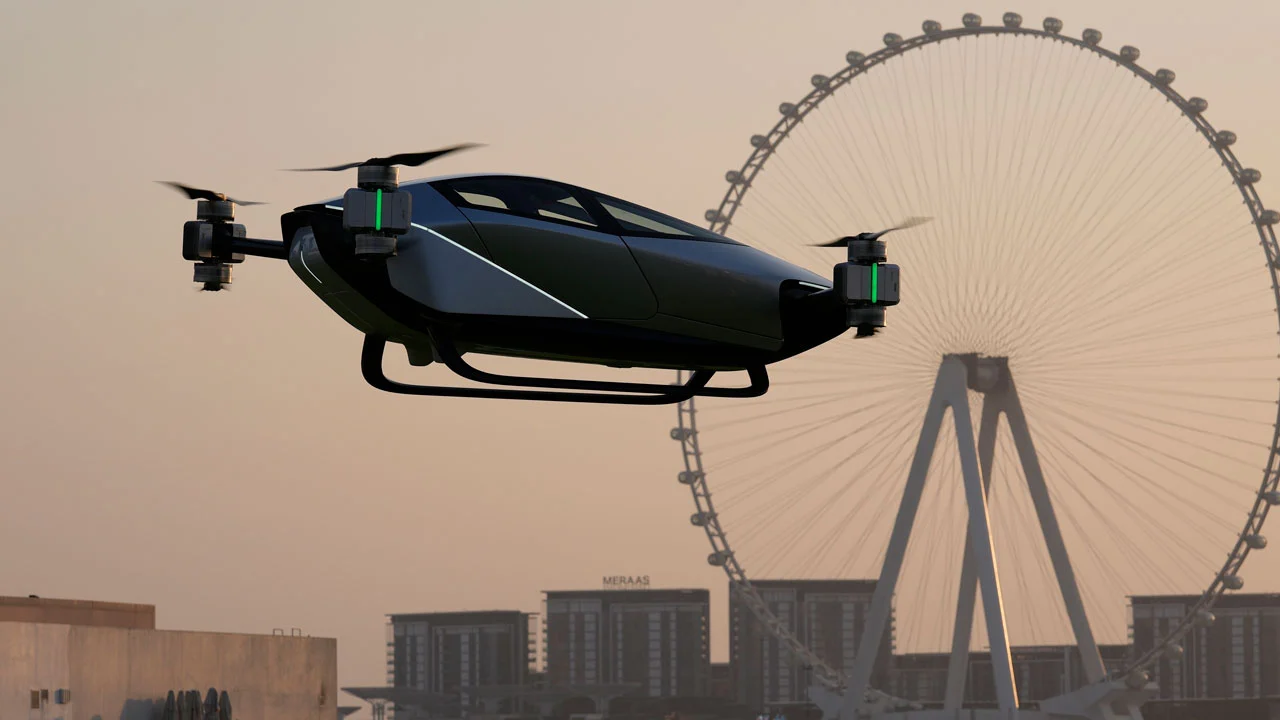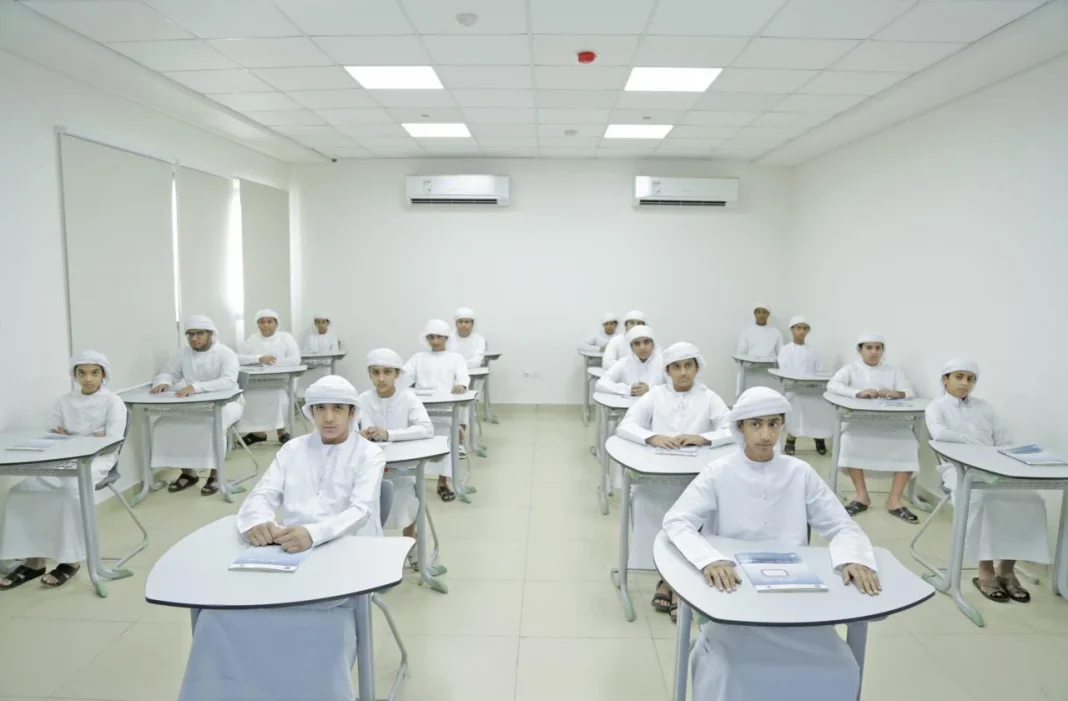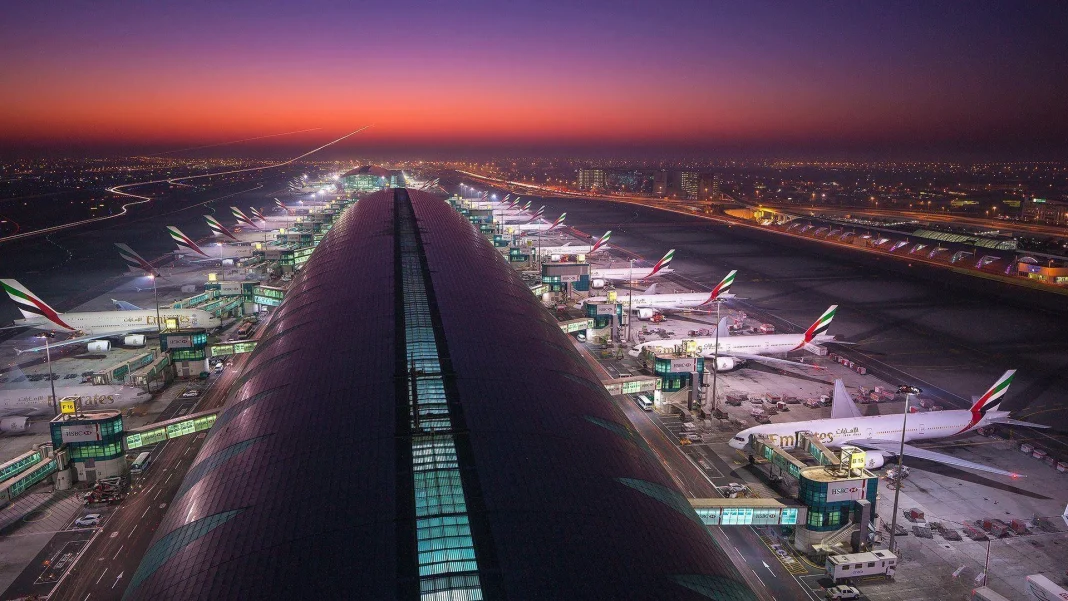Urban mobility is in constant evolution, and one of the most anticipated advances is electric flying taxis. The city of Dubai is at the forefront of this innovation by planning the deployment of its first fleet of these vehicles by 2026. This ambitious project not only promises to transform the way citizens and tourists move around but also represents a significant step towards sustainability and efficiency in transportation.
The city, known for its constant modernization and adoption of advanced technologies, has set a clear goal: to create a sustainable mobility network that minimizes congestion and improves air quality. The implementation of flying taxis is an essential component of this vision, which could define Dubai as a global benchmark in electric and efficient mobility. This article explores the characteristics of flying taxis, their impact on urban mobility, and the future of this innovative transportation system.
Flying taxis: a new era in urban mobility

Flying taxis are designed to offer a fast and efficient transportation alternative in urban areas. In this case, the service will begin with a direct connection from Dubai International Airport to the city’s major districts, such as Palm Jumeirah and Dubai Marina. This journey, which is currently estimated to take approximately 45 minutes in a traditional vehicle, will be drastically reduced to just 10-12 minutes thanks to the speed of up to 320 km/h at which these vehicles will operate. This advancement not only demonstrates the effectiveness of electric aviation but also alleviates local traffic congestion.
Furthermore, it is projected that each flying taxi will have the capacity to carry four passengers, alongside a pilot who will oversee the flight. This combination of efficiency and safety translates into a simplified and quick transportation experience, which will be appealing to both tourists and residents. The ability to make trips with a range of around 160 kilometers ensures that flying taxis will be able to cover considerable distances without the need for frequent recharges.
Vertiports, or takeoff and landing stations, will play a crucial role in this new mobility infrastructure. These stations are strategically planned in locations that facilitate access to the city’s main points of interest and accommodations, further promoting the integration of this novel system into the urban fabric of Dubai. The creation of these spaces will not only facilitate the use of flying taxis but also drive the development of an intermodal transportation network that includes other means of ground transport.
Environmental impact and sustainability of electric aviation
The deployment of flying taxis in Dubai is aligned with a broader vision of sustainability. Being fully electric vehicles, they are expected to contribute to the reduction of greenhouse gas emissions, an important step towards meeting global environmental goals. This type of transportation represents an innovative solution for cities facing challenges related to air quality and urban traffic.
As electric aviation technology advances, its implementation in densely populated areas is becoming increasingly viable. The reduction of travel time and the decreased dependency on fossil fuels are significant benefits that support sustainable development initiatives. Additionally, serving as a model for other cities could inspire more governments to invest in clean technologies and in research and development of mobility systems that prioritize sustainability.
The potential of flying taxis as a mode of transportation could also serve as a platform for additional technological innovations. As progress is made in the creation of these fleets, new opportunities for improving infrastructure are expected to arise, such as the development of air traffic control systems and safety protocols. This integrated approach to urban mobility not only optimizes transport but also presents a cleaner and more efficient future for cities.
The future of urban transportation and electric aviation.

The future of urban transport is increasingly linked to electric aviation, and Dubai is positioning itself as a pioneer in this sector. With the arrival of flying taxis, the possibility of a revolution in how people move within cities is being raised. This transport system will not only improve connectivity, but also promises a level of comfort and speed that consumers value more and more in their daily commutes.
The duration of trips in flying taxis could transform the way Dubai residents plan their journeys. By being able to reach their destination more quickly, citizens could optimize their time and potentially redistribute their daily activities and routines. This reordering of urban life will create new social and economic dynamics that adapt to how these new means of transport are integrated into everyday life.
In conclusion, flying taxis in Dubai are more than just a simple technological curiosity; they represent an opportunity for innovation and a model for the future of urban mobility worldwide. As we move towards the implementation of this system, it will be crucial to observe not only its operational success but also its ability to inspire other cities to follow suit in the pursuit of greater sustainability in transport. Dubai’s vision could be the start of a new era in electric mobility, demonstrating that the dreams of technological utopians can become reality.



